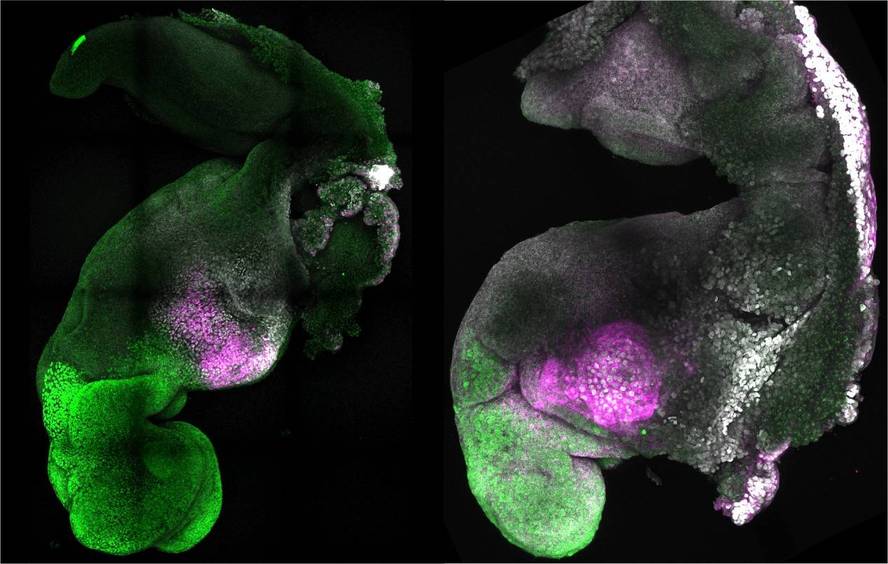They have produced mouse embryos without eggs, sperm and uterus.
Researchers at the University of Cambridge and the California Institute of Technology have managed to model rat embryos from breasts and without using gametes or uterus. The results have been published in Nature.
They've made the biological model that they've generated have a development of 8.5 days, and not all the structures of a real embryo, but a heart that has the capacity to beat, a brain with different parts, a neural tube, and an amniotic bag, among others.
The synthetic embryo has been the result of years of research. The key has been to achieve an appropriate combination of stem cells, to which many attempts have been made. Another great achievement is not needing a uterus. Instead, they use an incubator developed at the Weizmann Institute.
The created embryo allows the study of organogenesis and embryo development without the need to use animals. They recognize that they are still in their beginnings and that they have not managed to develop more than 8.5 days, since from then the operation of karena, which lasts 20 days, is essential. But, for example, they studied the consequences of inactivation of a gene, namely a gene related to eye development, and its effects were similar to those of the ordinary embryo.






